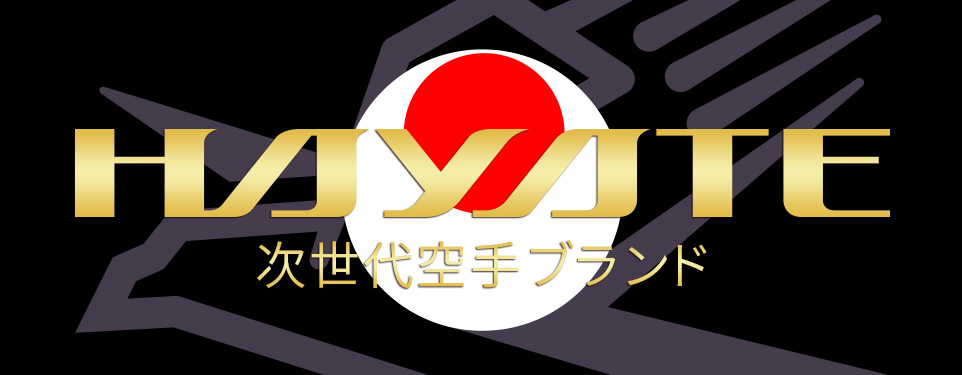7: International Rules vs. Traditional Rules【Kusahara Katsuhide, Chairman of JKA 】
Today, there are two main sets of rules for kumite matches: the traditional ippon rules adopted by the Japan Karate Association (JKA) and the point-based rules adopted by the World Karate Federation (WKF) and its member organizations such as the Japan Karatedo Federation (JKF). Why has this multiple set of rules come to exist?
JKA’s karate-do is budo karate. Although knocking out our opponents is not our primary focus, we still emphasize the one-blow-one-kill techniques as the hallmark of martial arts. Therefore, we hone the techniques of thrusting and kicking that, if hit, will deliver a fatal blow. Once this “kime” technique lands in a real fight, the story ends. There is no redoing. This is where the concept of “ippon shobu” comes from.
However, in “ippon-shobu” matches, where the emphasis is on “kime,” it is not unusual for both sides to be cautious and unable to make moves, as even the slightest moment of carelessness is unacceptable. The real thrill of a serious match can be found in this tense, breathless situation. However, some find this boring to watch. Therefore, WKF adopted the point system, which its member organizations later adopted.
In the point system, even if one side is ahead by one or two points, the other can recover and make a big comeback with a drastic move, such as a jodan roundhouse kick just before time runs out. This is why it never bores the viewer. In addition, you must always be aggressive with your moves because you will be warned if you stay defensive too long. In this sense, the point system is a rule that emphasizes speed and appearance. The system’s design strongly assumes the presentation to spectators onsite and audiences in front of a monitor.
These differences in rules also relate to the essential question of what a match in karate is. In JKA, a match is not an end but is considered a process for further development. Through competition, karate practitioners learn to read their opponents’ minds, to understand proper distance, to know when to react quickly, and to have a calm and decisive mind, all of which are skills that cannot be acquired through regular practice alone.
In contrast, WKF is a multinational organization primarily led by Western European nations, initially formed to contest the superiority of techniques through competitions. Therefore, while recognizing the martial aspect of kumite matches, WKF values its sporting element and emphasizes the presentation to the spectators.
As such, the difference between the two rules reflects how we view the purpose of karate-do. In other words, the differences are whether the match is viewed from the standpoint of budo karate as a process in the training of karate-do or is viewed as a sporting event whose purpose is to compete against each other for victory or defeat.
It is impossible to say which rule is right or wrong. Still, regardless of which rule is adopted, if karate-do is to be viewed as budo, we must remember the aspect of actual combat based on practical fighting skills as well as safety. JKA insists on the traditional “ippon shobu with kime” because we view karate-do as budo derived from bujutsu and bushido, and as a way to train oneself throughout one’s life.





